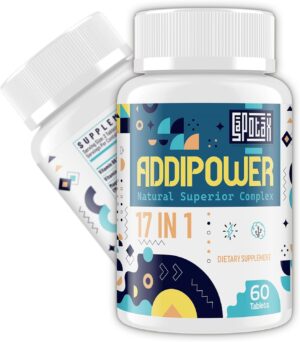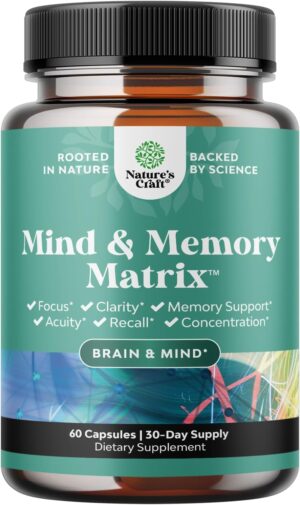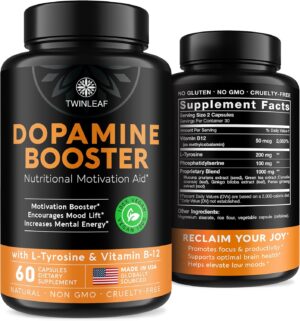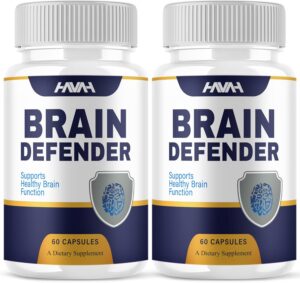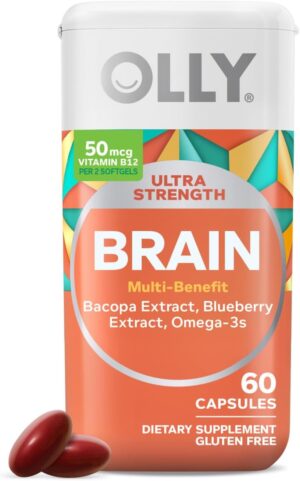Introduction
In today’s fast-paced digital world, a headline can make or break your content. Whether you’re writing a blog post, social media update, or email subject line, problem-solving headlines are a powerful way to connect with your audience. These headlines instantly communicate that your content provides a solution—making readers more likely to click, read, and engage.
In this article, we’ll explore:
- What problem-solving headlines are
- Why they work so well
- How to craft compelling ones
- Real-world examples to inspire your own headlines
What Are Problem-Solving Headlines?
Problem-solving headlines directly address a pain point or challenge your audience faces and promise a solution. They follow a simple formula:
"Struggling with [Problem]? Here’s How to [Solution]."
These headlines grab attention because they resonate with immediate needs and frustrations.
Examples:
- "Tired of Slow Wi-Fi? Try These 5 Fixes Today."
- "Can’t Stick to a Budget? Follow This Simple 3-Step Plan."
Why Problem-Solving Headlines Work
1. They Speak Directly to the Reader’s Pain
People search for solutions to their problems online. When you address their struggle upfront, they feel understood and are more compelled to click.
2. They Create Instant Relevance
A problem-solving headline filters out irrelevant readers and attracts only those who truly need your advice—boosting engagement and conversions.
3. They Establish Authority
By positioning your content as a solution, you signal expertise, making readers trust your advice—and your brand.
How to Write Problem-Solving Headlines That Convert
1. Identify Your Audience’s Biggest Struggles
Research common frustrations in your niche using:
- Google Search suggestions (type "Why is my…" to see autofill)
- Quora, Reddit, or industry forums
- Customer surveys & FAQs
2. Use Clear, Action-Oriented Language
Your headline should instantly convey:
- The problem (e.g., "losing followers on Instagram")
- The solution (e.g., "how to regain them quickly")
Example:
❌ "Understanding Instagram Engagement" (vague)
✅ "Instagram Followers Dropping? 7 Ways to Get Them Back Fast" (specific & solution-focused)
3. Add Numbers or Scannable Benefits
People love quick, actionable fixes—so include numbers, steps, or time frames when possible.
Examples:
- "5-Minute Fixes for Stress Relief"
- "3 Mistakes Killing Your Productivity (And How to Fix Them)"
4. Test Different Emotional Triggers
Some problems are urgent ("Emergency Fix for a Frozen Computer"), while others are aspirational ("How to Double Your Savings in 6 Months"). Match the tone to your audience.
5. Avoid Clickbait—Promise Real Value
If your headline promises a solution, your content must deliver—or you’ll lose trust.
Problem-Solving Headline Templates to Try
-
"Struggling with [Problem]? Try [Solution]."
- "Struggling with Acne? Try This Dermatologist-Approved Routine."
-
"[Problem]? Here’s How to [Solution] Fast."
- "Credit Score Stuck? Here’s How to Boost It Fast."
-
"The #1 Reason Why [Problem] Happens (And What to Do)"
- "The #1 Reason Why Your Emails Get Ignored (And What to Do)"
-
"How I Fixed [Problem] in [Time Frame]"
- "How I Fixed My Sleep Schedule in 7 Days."
- “Stop [Undesirable Outcome]—Do This Instead”
- "Stop Wasting Time on Social Media—Do This Instead."
Final Thoughts
Problem-solving headlines are one of the most effective ways to hook your audience, boost engagement, and build credibility. By identifying real pain points and positioning your content as the solution, you’ll see higher click-through rates and more loyal readers.
Your Turn: Test these headline strategies in your next blog post, ad, or email—and watch your conversions improve!
Want more tips? Check out our guide on "How to Write Irresistible Blog Titles That Convert."
Would you like a customized headline analysis for your content? Drop a comment below! 🚀


